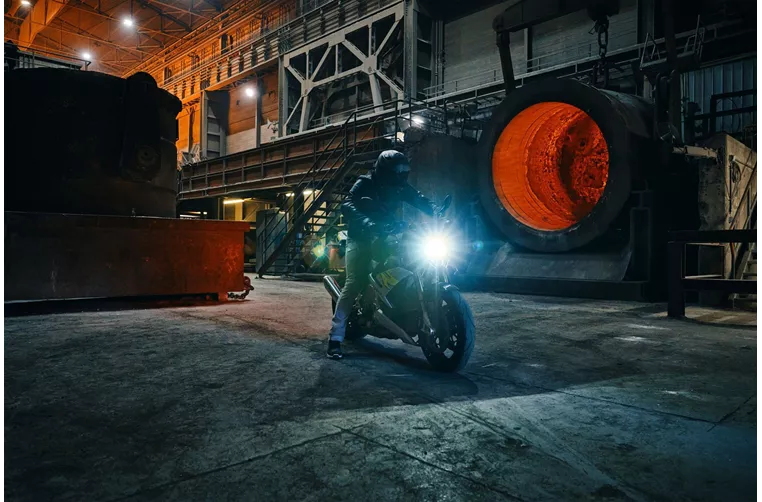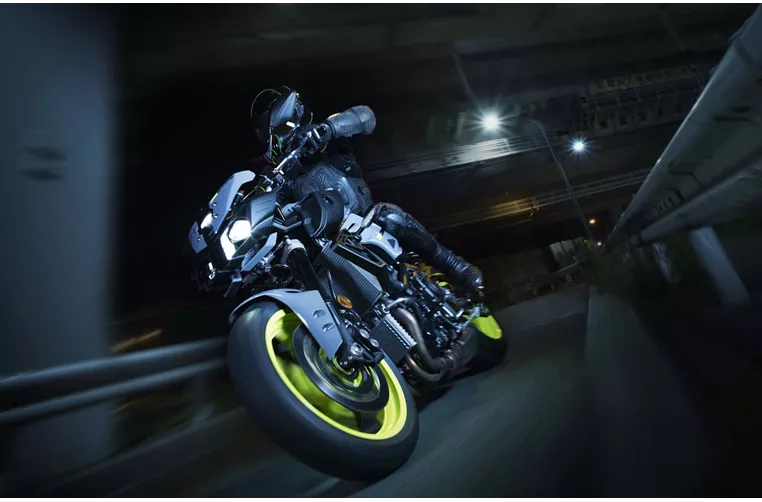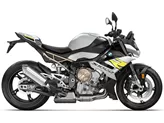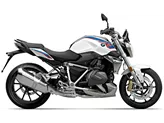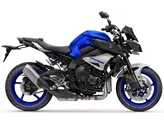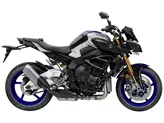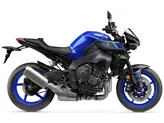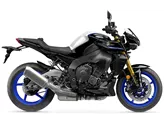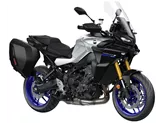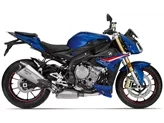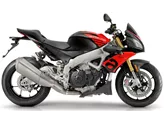BMW S 1000 R 2022 vs. Yamaha MT-10 2016
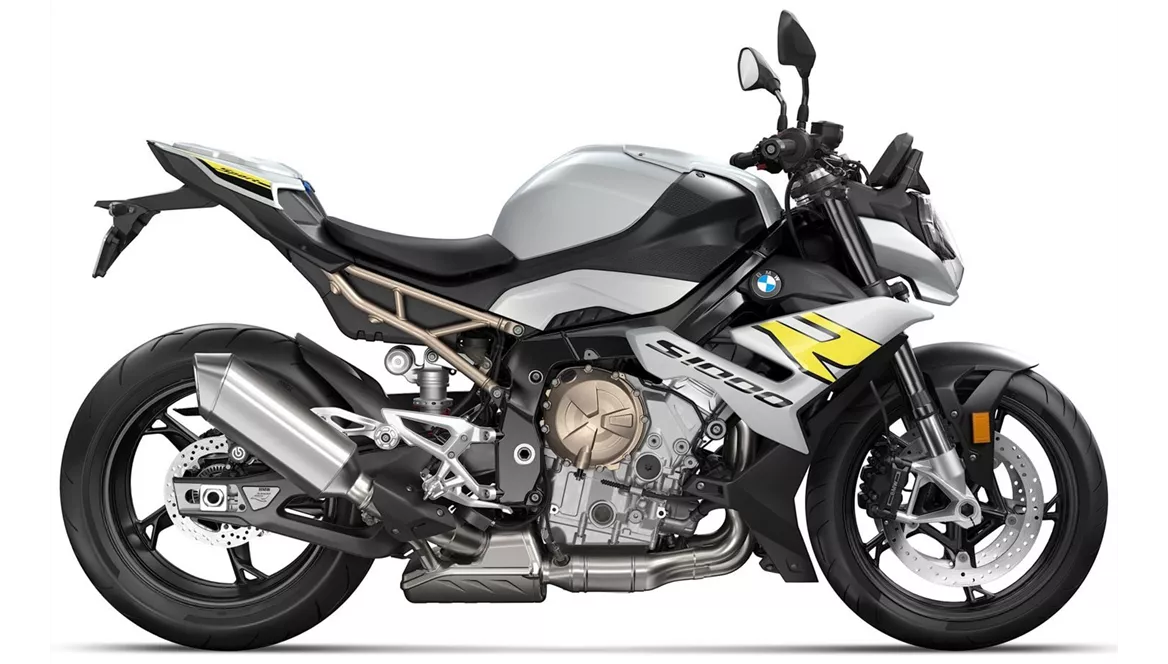
BMW S 1000 R 2022
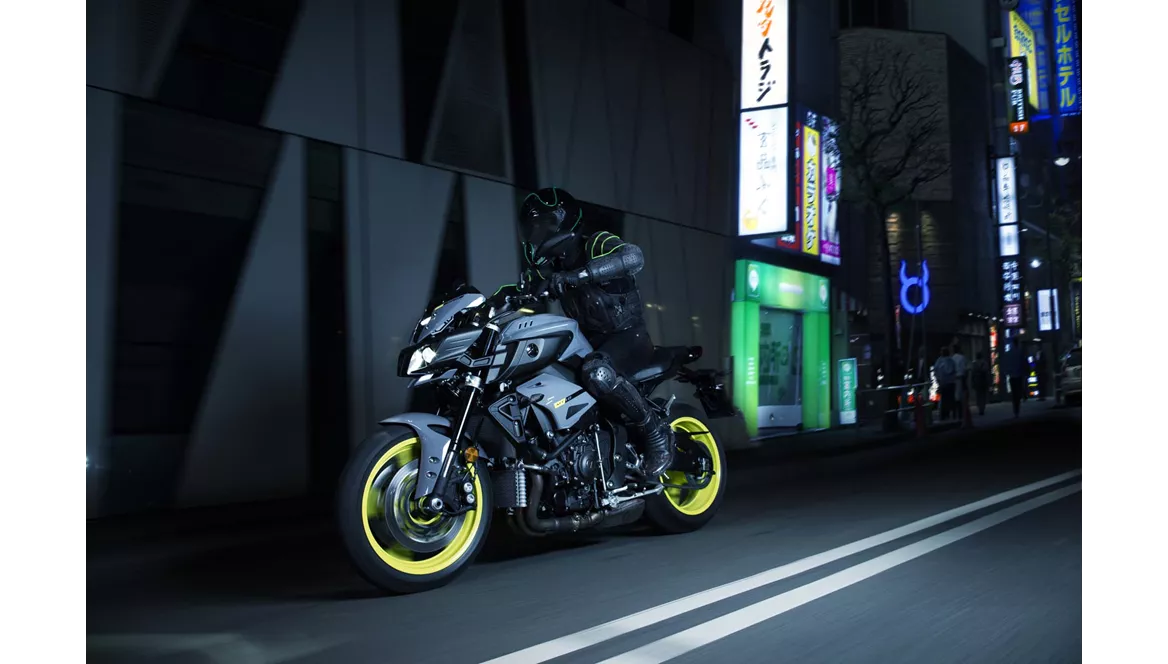
Yamaha MT-10 2016
Vue d’ensemble - BMW S 1000 R 2022 vs Yamaha MT-10 2016
The BMW S 1000 R 2022 and the Yamaha MT-10 2016 are both naked bikes with similar technical specifications. Both models have an in-line engine with four cylinders and liquid cooling. They also have the same fuel system, suspension setup, and frame material.
In terms of engine power, the BMW S 1000 R 2022 has a slight advantage with 165 HP compared to the Yamaha MT-10 2016's 160 HP. The BMW also has a higher torque rating of 114 Nm compared to the Yamaha's 111 Nm. However, the difference in power and torque is minimal and may not be noticeable in real-world riding conditions.
Both bikes feature upside-down telescopic forks for the front suspension and a swing arm with a monoshock for the rear suspension. This setup provides good handling and stability for both models.
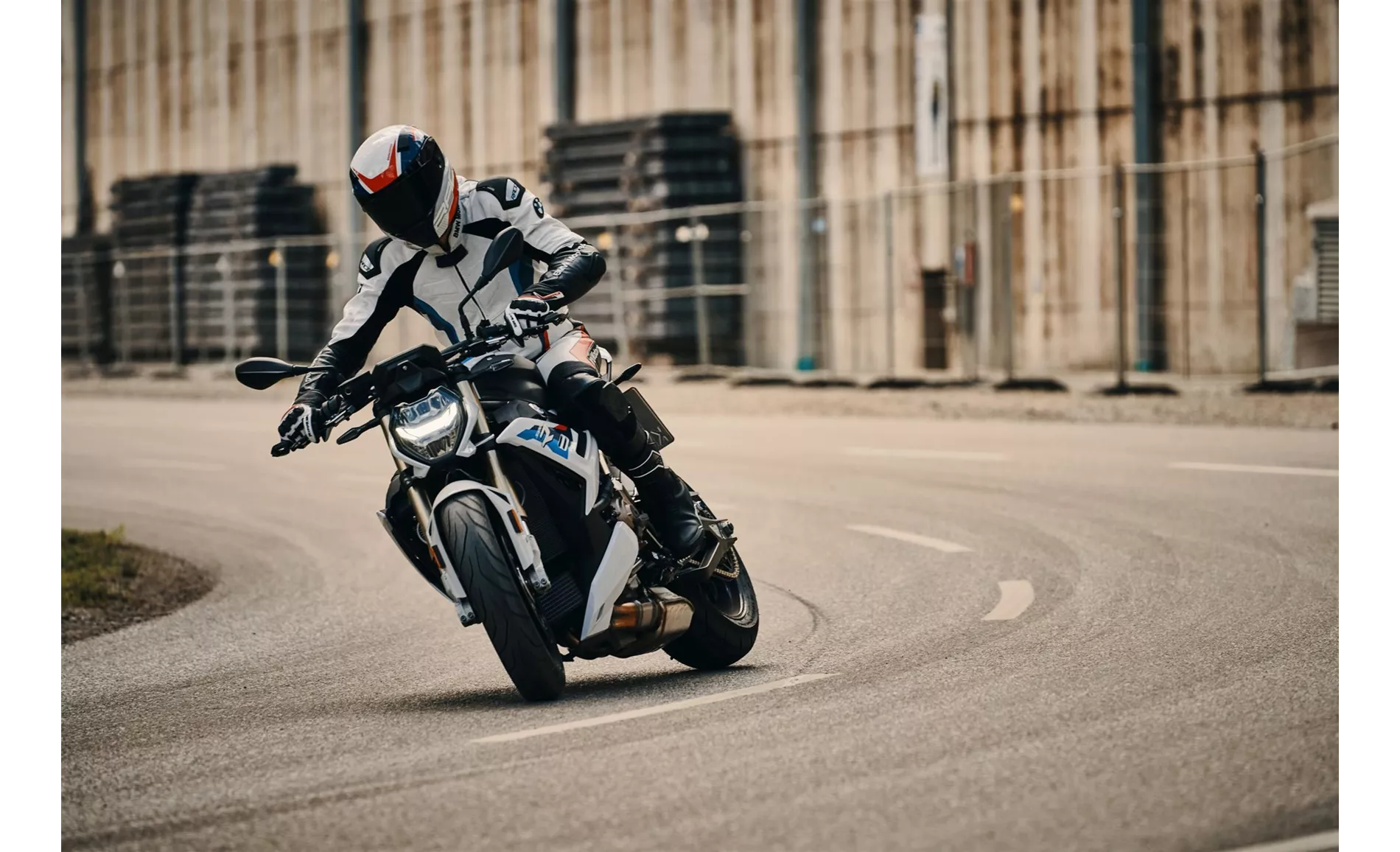
BMW S 1000 R 2022
When it comes to brakes, both bikes have double disk front brakes with a diameter of 320 mm. This ensures strong stopping power for both models. Additionally, both bikes come equipped with ABS and traction control as advanced rider assistance systems, enhancing safety during braking and cornering.
In terms of dimensions and weights, the Yamaha MT-10 2016 has a slightly shorter wheelbase of 1400 mm compared to the BMW S 1000 R 2022's 1450 mm. The seat height of the Yamaha is also slightly lower at 825 mm compared to the BMW's 830 mm. However, the difference in wheelbase and seat height is minimal and may not significantly affect the riding experience.
The BMW S 1000 R 2022 has a kerb weight of 199 kg, which is lighter than the Yamaha MT-10 2016's 210 kg. This lighter weight can contribute to better agility and maneuverability for the BMW.
In terms of fuel tank capacity, the Yamaha MT-10 2016 has a slightly larger tank with a capacity of 17 liters compared to the BMW S 1000 R 2022's 16.5 liters. This can result in slightly longer range for the Yamaha.
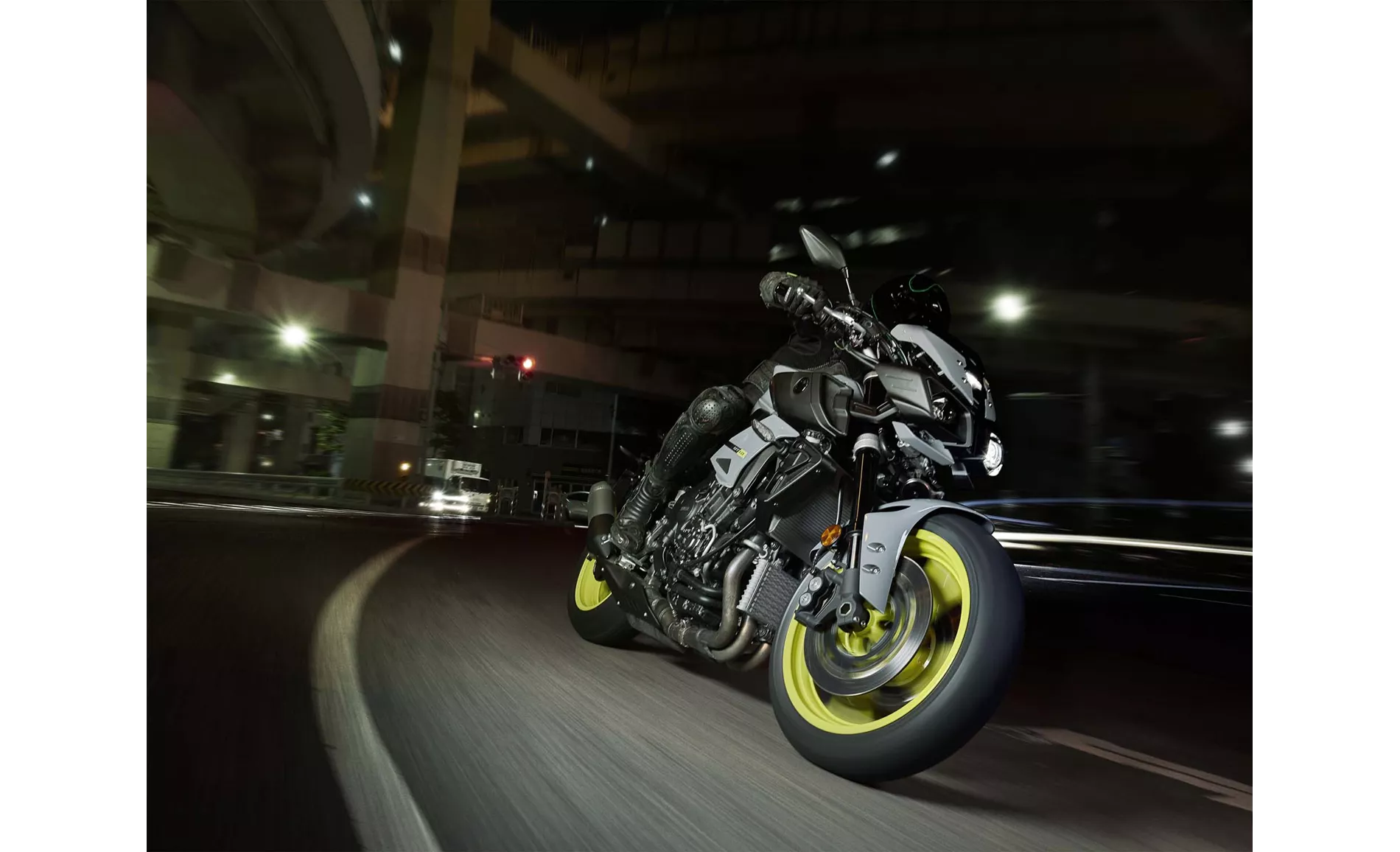
Yamaha MT-10 2016
When it comes to strengths, the BMW S 1000 R 2022 boasts a powerful engine, strong brakes, comfortable ergonomics, good standard equipment, and an extensive range of accessories. On the other hand, the Yamaha MT-10 2016 is praised for its CP4 engine, strong character, extremely agile nature, high-speed stability, strong brakes, and unmistakable sound.
In terms of weaknesses, the BMW S 1000 R 2022 is noted to have a sluggish shift assistant and optics that are not 100% coherent. The Yamaha MT-10 2016, on the other hand, is criticized for its poor comfort, limited wind protection, and hard fit.
In conclusion, both the BMW S 1000 R 2022 and the Yamaha MT-10 2016 are powerful naked bikes with similar technical specifications. The BMW offers a slightly higher power and torque output, as well as a lighter weight. However, the Yamaha has its own strengths in terms of its engine character, agility, stability, and sound. Ultimately, the choice between the two models will depend on the rider's preferences and priorities.
Caractéristiques techniques BMW S 1000 R 2022 par rapport à Yamaha MT-10 2016
Avantages et inconvénients en comparaison
Avantages et inconvénients en comparaison
BMW S 1000 R 2022
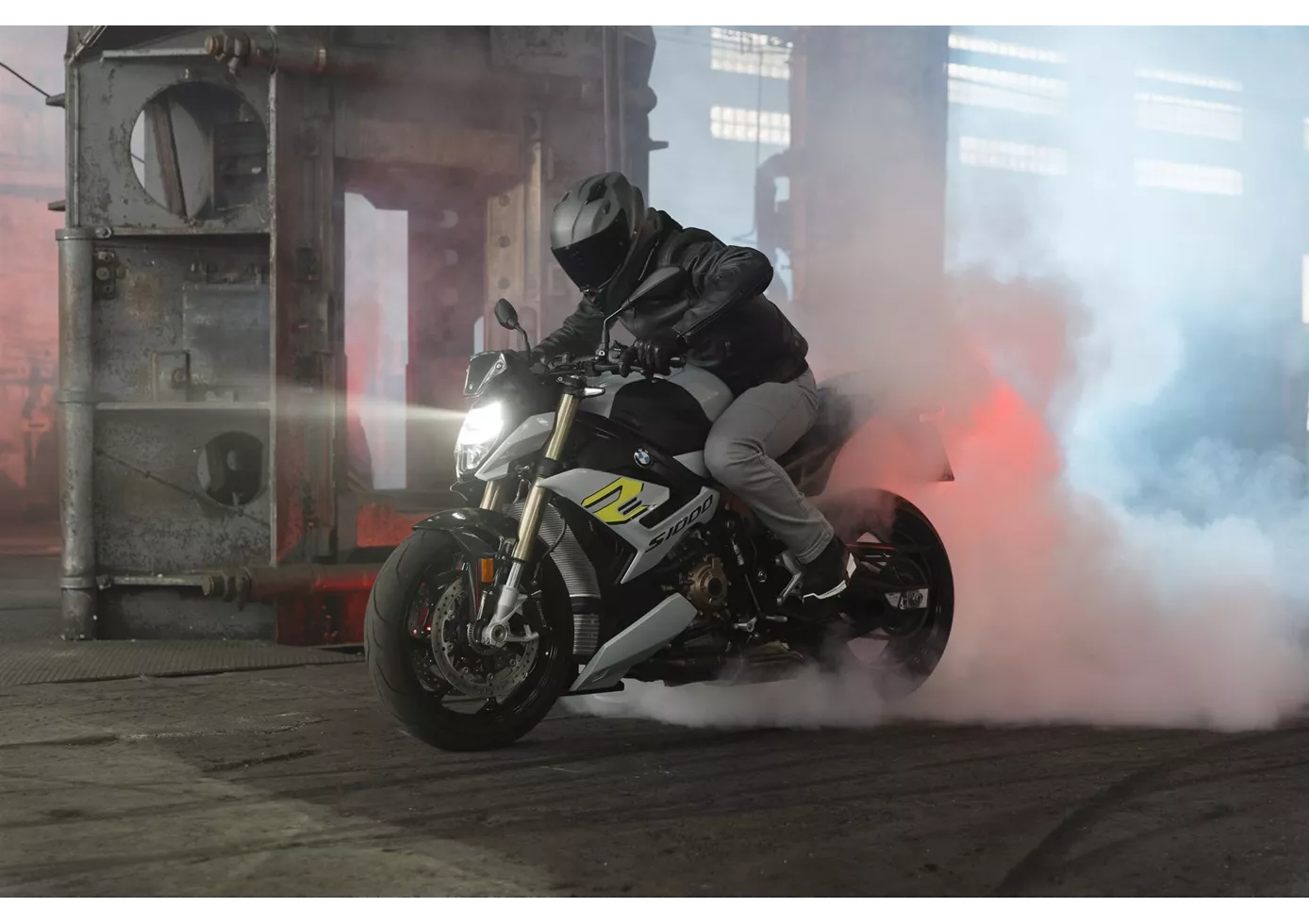
La position de conduite est sportive, mais pas du tout inconfortable, le freinage est efficace et le moteur de la S 1000 R se montre sous son meilleur jour - peut-être même un peu trop homogène. Du côté de la conduite, il n'y a rien à redire non plus. Sur la base des données de performance pures et des fonctions électroniques intégrées, la BMW a ce qu'il faut pour réaliser le meilleur temps au tour. Et ce sur n'importe quel type de terrain, car le châssis semi-actif permet d'avaler des kilomètres et des kilomètres sur de mauvaises routes parsemées de nids de poule. Malheureusement, ce sentiment de supériorité ne s'est jamais vraiment transmis au pilote. Sans doute le revers de la médaille d'un trop grand équilibre dans tous les domaines - du moins à mes yeux italophiles. Il manquait à la BMW ce petit quelque chose, ce rayonnement ou ce charisme difficile à expliquer, mais qui suscite de véritables émotions.
Yamaha MT-10 2016
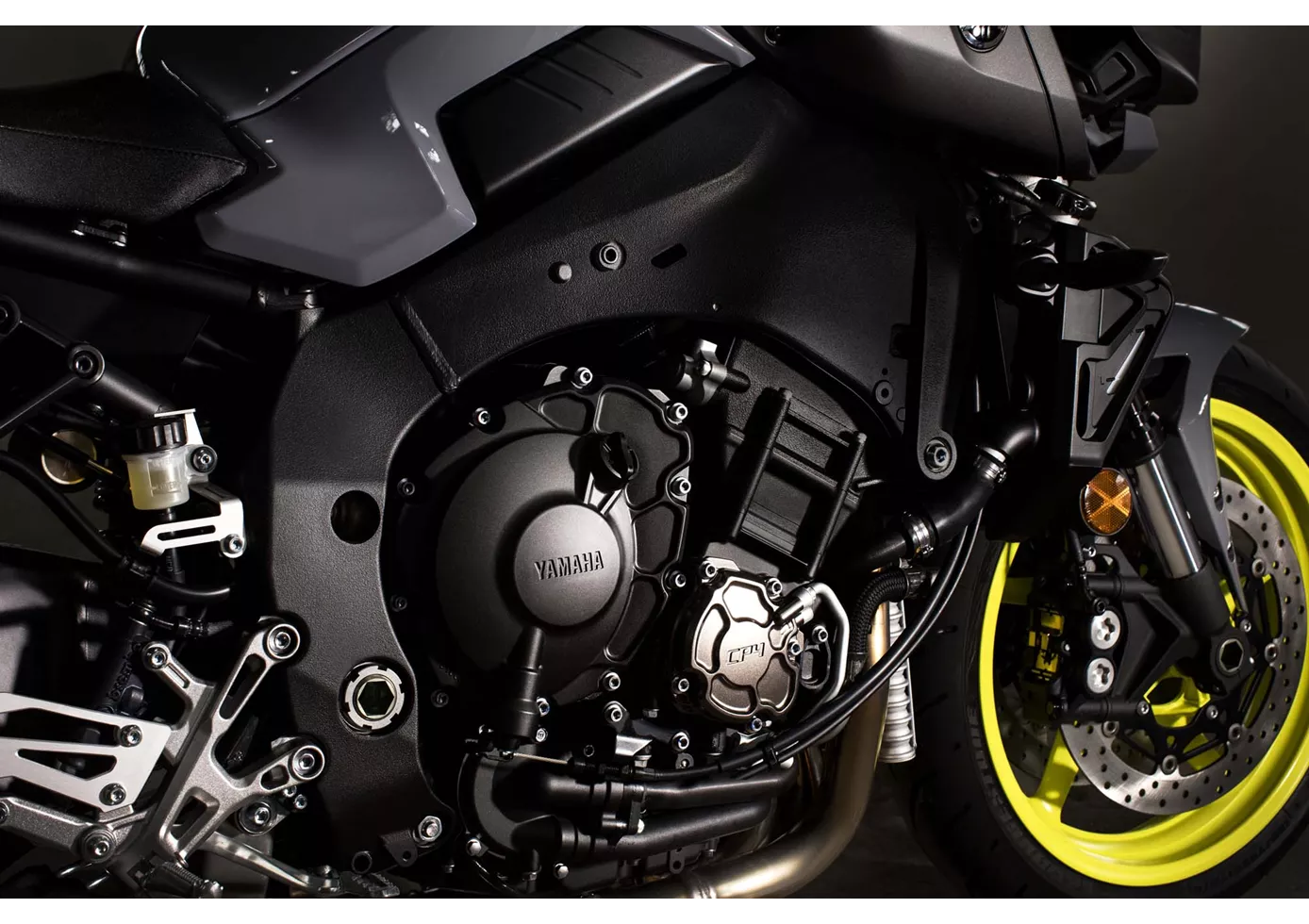
La MT-10, courte et trapue, est la plus éloignée de la superbike R1, tant au niveau de l'esthétique que du châssis, mais le cœur de la MT-10 est directement issu de l'arme de la piste de course et fascine par sa sonorité brute unique et sa force d'attaque par le bas grâce au décalage typique des tourillons qui, avec une séquence d'allumage modifiée, lui confère ce caractère unique. Les 160 ch qui en résultent ne semblent donc que sur le papier un peu faibles par rapport aux plus de 200 ch de la R1, mais en réalité, la MT-10 déclenche elle aussi un feu d'artifice incroyable. Le châssis serait probablement trop souple pour la piste de course, mais il est tout à fait adapté à un combat sur route et le freinage fait de même - acceptable pour la piste, mais parfait pour la route.
Comparaison des prix Prix moyen du marché BMW S 1000 R vs Yamaha MT-10
There are a few key differences between a BMW S 1000 R 2022 and a Yamaha MT-10 2016. In terms of price, the actual average price of a BMW S 1000 R 2022 is about 70% higher. Compared to Yamaha MT-10 2016 there are more BMW S 1000 R 2022 bikes available on the 1000PS.de Marketplace, specifically 22 compared to 7. It takes less time to sell a BMW S 1000 R with 71 days compared to 97 days for a Yamaha MT-10. Since model year 2014 1000PS.de editors have written 62 reviews for the BMW S 1000 R and 32 reviews for the Yamaha MT-10 since model year 2016. The first review for the BMW S 1000 R was published on 11/3/2013 and now has more than 17,300 views. This compares to more than 20,700 views for the first review on Yamaha MT-10 published on 11/17/2015.
